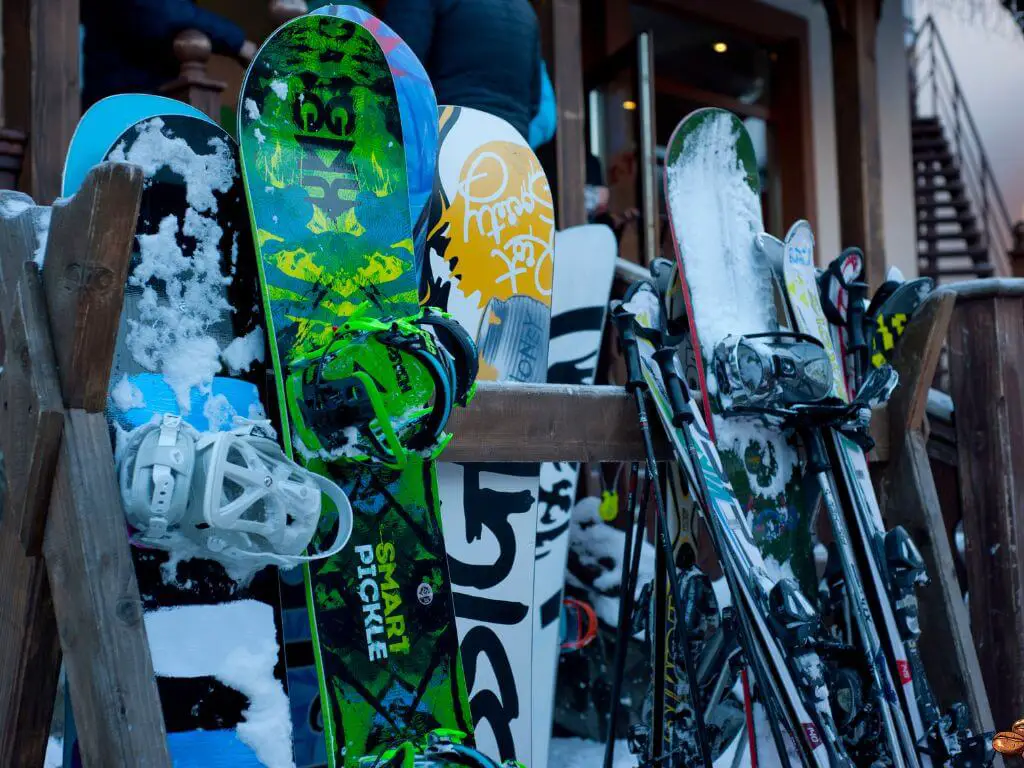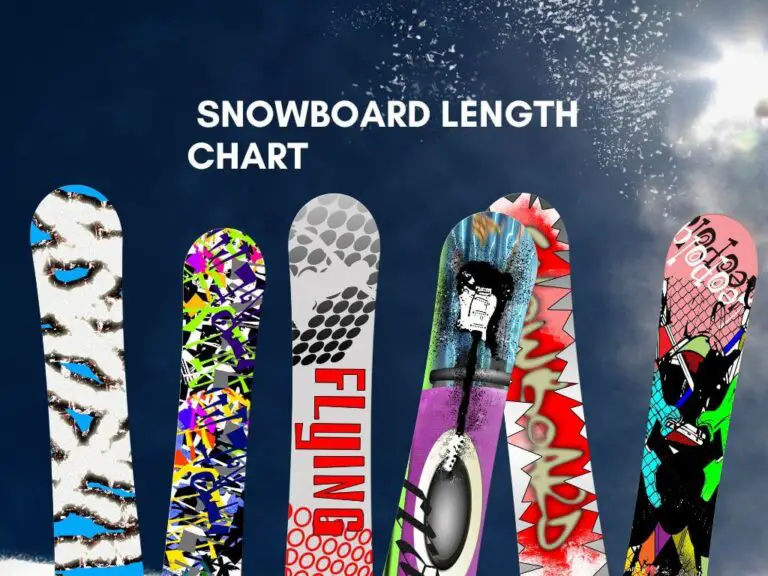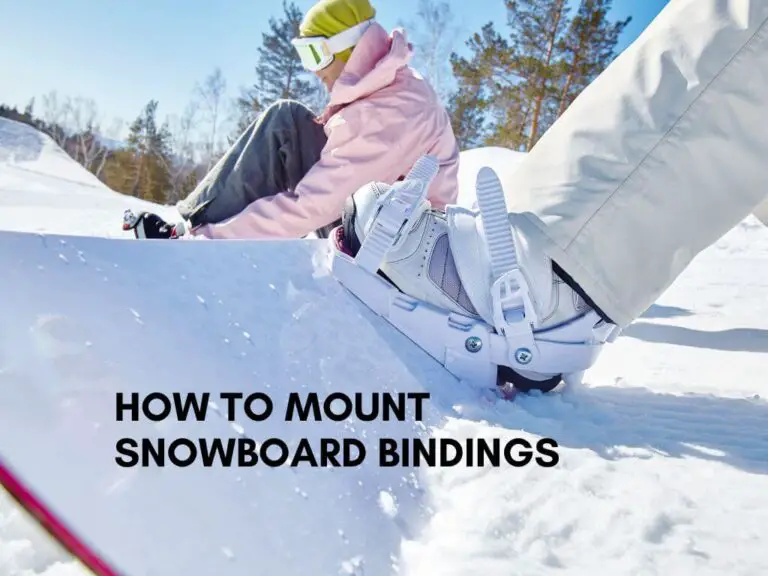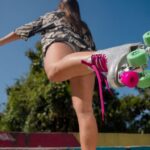A snowboard typically costs between $300 and $800. Prices vary based on brand, material, and design.
Snowboarding is an exhilarating winter sport enjoyed by many. Choosing the right snowboard is crucial for performance and safety. Beginners might opt for more affordable options, while seasoned riders often invest in high-end boards. Factors such as brand reputation, construction materials, and design intricacies play a significant role in determining the price.
Understanding these elements helps in making an informed purchase. Snowboards for specific styles like freestyle or alpine might also affect cost. Proper equipment ensures a better experience on the slopes. Investing in a quality snowboard can enhance your skills and enjoyment.
Factors Affecting Snowboard Cost
Buying a snowboard involves understanding various factors that influence its price. The cost can vary widely based on several elements. Knowing these factors can help you make an informed decision. Below, we explore the key factors affecting snowboard cost.
Quality Of Materials
The quality of materials plays a significant role in determining the cost of a snowboard. High-quality materials usually mean a higher price. Here are some key materials:
- Wood Cores: Snowboards with wood cores offer better flexibility and durability.
- Fiberglass: Boards reinforced with fiberglass are more resilient and provide better performance.
- Carbon Fiber: Snowboards with carbon fiber are lighter and stronger but are more expensive.
- Base Materials: Sintered bases are faster and more durable than extruded bases, but they are also pricier.
Here’s a table to illustrate the impact of these materials on cost:
| Material | Impact on Cost |
|---|---|
| Wood Core | Medium to High |
| Fiberglass | Medium |
| Carbon Fiber | High |
| Sintered Base | High |
| Extruded Base | Low |
Brand And Design
The brand and design of a snowboard significantly affect its cost. Well-known brands tend to charge more due to their reputation and quality assurance. Let’s look at some examples:
- Burton: Known for high-quality boards, Burton’s prices are on the higher end.
- Lib Tech: Offers innovative designs and top-notch performance, reflected in their pricing.
- GNU: Provides a mix of affordability and quality, making them a mid-range option.
Additionally, the design elements such as graphics and aesthetics can also impact the cost. Custom designs or limited editions often carry a premium price tag.
Here’s a quick comparison of some popular brands and their price ranges:
| Brand | Price Range (USD) |
|---|---|
| Burton | $400 – $1,200 |
| Lib Tech | $450 – $900 |
| GNU | $300 – $700 |
Technology And Features
The technology and features integrated into a snowboard also influence its cost. Advanced technologies enhance performance but come at a higher price. Here are some key features:
- Camber Profiles: Different camber profiles like traditional, rocker, and hybrid affect the ride quality and price.
- Edge Technology: Features like Magne-Traction provide better grip and control but add to the cost.
- Shock Absorption: Boards with built-in shock absorbers offer a smoother ride but are more expensive.
- Smart Features: Some boards come with integrated tracking or sensors for performance monitoring, increasing the cost.
Let’s summarize these features and their impact on cost:
| Feature | Impact on Cost |
|---|---|
| Camber Profiles | Medium to High |
| Edge Technology | High |
| Shock Absorption | High |
| Smart Features | Very High |
Understanding these factors can help you decide which snowboard offers the best value for your needs.
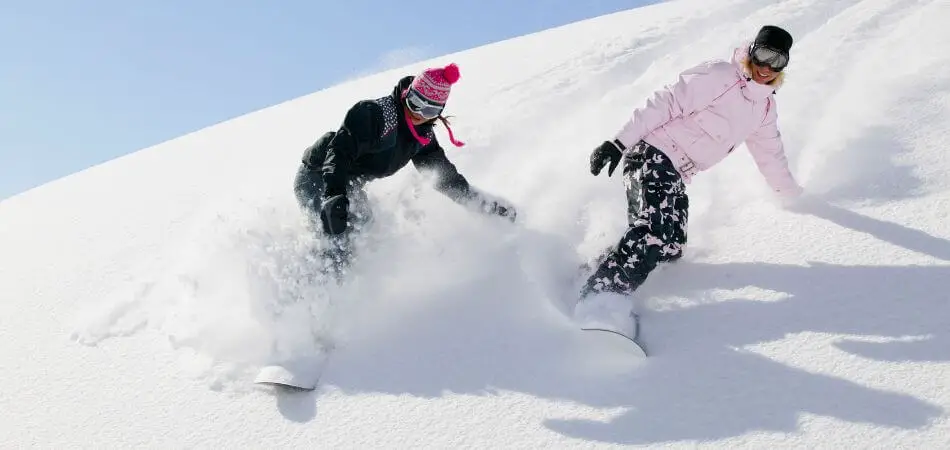
Average Cost Range
Choosing the right snowboard can be confusing with so many options available. The cost of a snowboard varies widely based on the quality, brand, and features. Understanding the average cost range helps in making an informed decision. Here’s a breakdown of the costs associated with different types of snowboards.
Entry-level Snowboards
Entry-level snowboards are perfect for beginners. These boards are designed for those who are just starting out and need a board that is easy to handle. Entry-level boards typically range from $150 to $300.
Key features of entry-level snowboards:
- Soft flex for easy maneuverability
- Durable materials but less advanced technology
- Basic designs and graphics
Here is a table that highlights the cost range for some popular entry-level snowboards:
| Brand | Model | Price Range |
|---|---|---|
| Burton | Ripcord | $200 – $300 |
| K2 | Standard | $150 – $250 |
| GNU | Carbon Credit | $250 – $300 |
Entry-level snowboards offer a great way to get started without spending too much money.
Mid-range Snowboards
Mid-range snowboards are suited for intermediate riders. These boards offer better performance and durability. The cost of mid-range snowboards generally falls between $300 and $500.
Key features of mid-range snowboards:
- Improved materials and construction
- Moderate flex for better control
- Enhanced graphics and designs
Here’s a table outlining the cost range for some popular mid-range snowboards:
| Brand | Model | Price Range |
|---|---|---|
| Salomon | Assassin | $400 – $500 |
| Lib Tech | TRS | $450 – $500 |
| Ride | Berzerker | $350 – $450 |
Mid-range snowboards provide a balance of performance and price, making them ideal for those looking to upgrade from an entry-level board.
High-end Snowboards
High-end snowboards are built for advanced riders who demand top performance. These boards often feature cutting-edge technology and materials. The cost of high-end snowboards typically ranges from $500 to $1,200.
Key features of high-end snowboards:
- High-tech materials like carbon fiber
- Stiff flex for maximum responsiveness
- Advanced graphics and custom designs
Here’s a table that shows the cost range for some popular high-end snowboards:
| Brand | Model | Price Range |
|---|---|---|
| Jones | Flagship | $700 – $1,000 |
| Burton | Custom X | $800 – $1,200 |
| Capita | Black Snowboard of Death | $600 – $900 |
High-end snowboards offer unparalleled performance for those serious about the sport.
Additional Cost Considerations
When purchasing a snowboard, it’s important to consider the base price of the board. But don’t forget about the additional cost considerations. These extra costs can add up and impact your overall budget. Let’s dive into some of these additional costs to give you a clearer picture.
Bindings And Boots
Bindings and boots are crucial for your snowboarding experience. They ensure comfort and performance on the slopes. The price of bindings and boots can vary widely based on quality and brand.
Bindings typically range from $100 to $400. High-end bindings offer advanced features like better cushioning and adjustability. These features can significantly enhance your ride. If you are a beginner, you might not need the most expensive bindings. But if you are an experienced rider, investing in high-quality bindings can be worthwhile.
Boots are another essential purchase. They range from $150 to $500. Good boots provide support and warmth. They also ensure a snug fit, which is essential for control. Cheaper boots might lack in comfort and durability. Thus, it’s wise to invest in a good pair. Here’s a quick comparison table for reference:
| Item | Price Range |
|---|---|
| Bindings | $100 – $400 |
| Boots | $150 – $500 |
Maintenance And Repairs
Maintenance and repairs are ongoing costs. Regular upkeep ensures your snowboard remains in top condition. This can include waxing, edge sharpening, and base repairs. Waxing your board helps it glide smoothly. It costs around $10 to $30 per session. You might need to wax your board every few trips, depending on the snow conditions.
Edge sharpening is also crucial. It ensures you have better control, especially on icy slopes. Sharpening your edges can cost between $10 and $25. Base repairs might be necessary if you hit rocks or other obstacles. The cost varies based on the damage but usually ranges from $20 to $50 per repair.
Here’s a breakdown of these maintenance costs:
- Waxing: $10 – $30 per session
- Edge Sharpening: $10 – $25 per session
- Base Repairs: $20 – $50 per repair
Accessories
Accessories can enhance your snowboarding experience. While not always necessary, they can add comfort and style. Some common accessories include helmets, goggles, gloves, and protective gear.
A good helmet is crucial for safety. It can cost between $50 and $200. Goggles are essential for clear vision in snowy conditions. They range from $20 to $150. Gloves keep your hands warm and protected. Prices for gloves vary from $20 to $100.
Protective gear like wrist guards and knee pads provide extra safety. They can cost between $20 and $80 each. Here’s a quick overview of accessory costs:
| Accessory | Price Range |
|---|---|
| Helmet | $50 – $200 |
| Goggles | $20 – $150 |
| Gloves | $20 – $100 |
| Protective Gear | $20 – $80 each |
These accessories can add comfort and safety to your snowboarding adventures. While they add to the overall cost, they are often worth the investment.
Cost-saving Tips
Snowboarding can be an exhilarating sport, but it comes with a cost. Snowboard prices can range from affordable to quite expensive. To make the most of your budget, consider these cost-saving tips. These strategies can help you enjoy snowboarding without breaking the bank.
Off-season Sales
Purchasing a snowboard during off-season sales can lead to significant savings. Most retailers offer discounts on winter sports gear during the spring and summer months.
- Discounts up to 50% or more on snowboards.
- Clearance sales often include last season’s models.
- Bundled deals on gear packages that include boots and bindings.
Timing is crucial. The best deals are usually available from March to September. Retailers like REI, Backcountry, and local shops often have clearance events. Sign up for their newsletters to stay informed about upcoming sales.
| Retailer | Discount Range | Sales Period |
|---|---|---|
| REI | 30%-50% | March – September |
| Backcountry | 25%-60% | April – August |
| Local Shops | 20%-50% | Varies |
Buying Used Equipment
Buying used snowboarding equipment is another great way to save money. Many experienced snowboarders sell their gear at a fraction of the original cost.
Benefits of buying used:
- Significant savings compared to new equipment.
- Tested and broken-in gear that performs well.
- Reduced environmental impact by reusing equipment.
When buying used, inspect the equipment carefully. Look for any signs of damage, such as cracks or excessive wear. Online marketplaces like eBay, Craigslist, and Facebook Marketplace are good places to start. Local ski swaps and second-hand sports stores also offer great deals.
Pro tip: Check the seller’s reviews and ask for detailed photos. This ensures you get a good-quality snowboard.
Renting Vs. Buying
Deciding between renting and buying depends on how often you plan to snowboard.
Renting:
- Lower upfront cost.
- No maintenance required.
- Access to the latest models each season.
Buying:
- Cost-effective if you snowboard frequently.
- Personalized gear that fits your style and comfort.
- Long-term savings over multiple seasons.
Comparison:
| Criteria | Renting | Buying |
|---|---|---|
| Initial Cost | Low | High |
| Maintenance | None | Required |
| Flexibility | High | Low |
| Long-term Cost | High | Low |
Renting is ideal for beginners or occasional snowboarders. Buying is better for those who hit the slopes frequently. Evaluate your needs and budget to make the best choice.
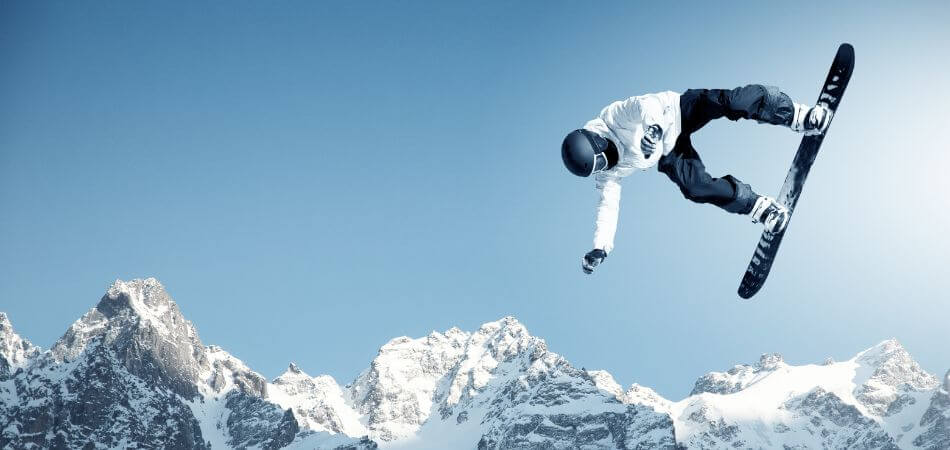
Customization And Personalization
When deciding how much a snowboard costs, customization and personalization can significantly impact the price. Many snowboarders seek unique designs and tailored features to reflect their style and enhance performance. Let’s explore some key aspects of customization and personalization that influence the cost.
Custom Graphics And Artwork
Custom graphics and artwork on a snowboard can make it stand out on the slopes. Snowboarders often choose to personalize their boards with unique designs, colors, and patterns. This customization can add to the overall cost, but it allows riders to express their individuality.
Here are some options for custom graphics and artwork:
- Hand-painted designs: Artists can create intricate, one-of-a-kind designs on your snowboard. These custom pieces are often more expensive due to the labor involved.
- Printed graphics: Companies can print high-quality images or patterns onto the board. This option is usually more affordable than hand-painted designs.
- Logo and branding: Adding your personal logo or favorite brand’s logo can make your snowboard unique. This option can vary in cost depending on the complexity.
The costs for these customizations can range from $50 to several hundred dollars. Here’s a quick breakdown:
| Customization Type | Estimated Cost |
|---|---|
| Hand-painted designs | $200 – $500 |
| Printed graphics | $50 – $150 |
| Logo and branding | $100 – $300 |
Tailoring To Preferences
Tailoring a snowboard to your preferences involves customizing its shape, size, and materials. These adjustments can optimize the board’s performance for your specific riding style. This level of personalization can increase the cost, but it enhances your experience on the slopes.
Key aspects of tailoring a snowboard include:
- Board shape: Custom shapes can improve stability, speed, and control. Options like twin-tip or directional shapes can be tailored to your needs.
- Board size: Length and width adjustments ensure the snowboard fits your height, weight, and foot size. This can affect the board’s agility and comfort.
- Materials: High-quality materials, such as carbon fiber, can make the board lighter and stronger. These materials typically come at a higher cost.
Here’s a breakdown of the potential costs for these customizations:
| Customization Aspect | Estimated Cost |
|---|---|
| Custom shape | $100 – $300 |
| Custom size | $50 – $200 |
| High-quality materials | $200 – $600 |
By investing in customization and personalization, snowboarders can create a board that not only looks unique but also performs exceptionally well. This tailored approach can make your time on the slopes more enjoyable and memorable.
Comparing Online And In-store Purchases
Shopping for a snowboard can be exciting but also challenging. The cost of a snowboard varies based on many factors. Comparing online and in-store purchases is crucial to making an informed decision. Both methods offer unique advantages and potential drawbacks. Understanding these can help you get the best deal for your money.
Pros And Cons
Buying online and purchasing in-store each have their own sets of benefits and drawbacks. Here’s a closer look at both:
- Convenience: Shop anytime, anywhere, without leaving your home.
- Variety: Access a wider range of brands, models, and sizes.
- Price Comparisons: Easily compare prices across multiple websites.
- Reviews: Read customer reviews and ratings before buying.
While convenient, online shopping has some downsides:
- No Try Before You Buy: You can’t physically test the snowboard.
- Shipping Costs: Sometimes, shipping fees can add up.
- Returns: Returning items can be a hassle and may involve extra costs.
- Physical Inspection: Touch and feel the snowboard before buying.
- Expert Advice: Get help from knowledgeable staff.
- Immediate Purchase: Take the snowboard home immediately.
- Local Support: Easier return process and local customer service.
In-store shopping also has its cons:
- Limited Selection: Stores may not carry all brands or models.
- Time-Consuming: Requires travel and time to visit the store.
- Potentially Higher Prices: Store overheads can lead to higher prices.
Price Discrepancies
Price differences between online and in-store purchases can be significant. Knowing where to find the best prices can save you money.
- Discounts and Deals: Online retailers often run promotions and discounts.
- Price Comparison Tools: Use websites to compare prices from different sellers.
- Lower Overheads: Online stores may have lower operating costs.
- Potentially Higher Prices: Physical stores have higher overhead costs, which can lead to higher prices.
- Price Matching: Some stores offer to match online prices, but you need to ask.
- Seasonal Sales: Look for end-of-season sales for better deals.
Here is a simple comparison table:
| Aspect | Online | In-Store |
|---|---|---|
| Convenience | High | Medium |
| Variety | High | Low to Medium |
| Expert Advice | Low | High |
| Immediate Use | No | Yes |
| Price | Generally Lower | Generally Higher |
Balancing these factors will help you decide the best option for your snowboard purchase. Choose what fits your needs and budget.
Impact Of Location On Cost
When buying a snowboard, the cost can vary based on many factors. One important factor is the location. Different places have different prices for snowboards. This can affect how much you pay. Understanding these differences can help you make a smart choice.
Local Market Variations
The cost of a snowboard can change based on the local market. Some places have more stores selling snowboards. This can make the prices lower. In other places, there might be fewer stores. This can make the prices higher.
Here are some factors that affect local market variations:
- Number of Stores: More stores mean more competition. This can lower prices.
- Season: Prices can go up in winter when more people want snowboards.
- Local Demand: High demand can make prices go up.
Here is a table showing how prices can vary in different markets:
| Location | Average Price |
|---|---|
| Ski Town | $500 |
| Big City | $400 |
| Small Town | $450 |
Import And Export Costs
Import and export costs can also affect how much you pay for a snowboard. Snowboards made in other countries can be more expensive. This is because of shipping and taxes. Here are some things to think about:
- Shipping Costs: Shipping a snowboard from far away can be costly.
- Taxes: Some countries charge high taxes on imported goods.
- Customs Fees: These fees can add to the cost.
Here is a table showing how import and export costs can affect prices:
| Country | Extra Costs |
|---|---|
| USA | $50 |
| Canada | $70 |
| Australia | $100 |
Buying locally can save you money. Understanding these costs can help you find the best deal.
Future Trends In Snowboard Pricing
Snowboarding enthusiasts often wonder about the future of snowboard pricing. With advancements in technology and an increasing focus on sustainability, the cost of snowboards is likely to change. Future trends in snowboard pricing will likely be influenced by various factors including the use of sustainable materials and innovations in manufacturing processes.
Sustainable Materials
Snowboard manufacturers are increasingly turning to sustainable materials to produce their boards. These materials not only help the environment but also offer various benefits to riders. Here are some sustainable materials used in snowboards:
- Bamboo: Bamboo is a fast-growing plant that is highly renewable. It provides a strong and flexible core for snowboards.
- Recycled Plastics: Using recycled plastics helps reduce waste and lowers the environmental impact of production.
- Eco-Friendly Resins: Some companies use resins made from natural sources, which are less harmful to the environment.
The table below highlights the potential cost impact of using sustainable materials:
| Material | Cost Impact |
|---|---|
| Bamboo | Moderate Increase |
| Recycled Plastics | Low Increase |
| Eco-Friendly Resins | High Increase |
Using sustainable materials can lead to a slight increase in the price of snowboards. However, the long-term benefits to the environment and improved board performance can justify this cost.
Innovations In Manufacturing
Innovations in manufacturing techniques are likely to play a significant role in future snowboard pricing. Advanced technologies can help reduce production costs and improve board quality. Here are some key innovations:
- 3D Printing: 3D printing allows for precise and efficient manufacturing, reducing waste and material costs.
- Automation: Automated production lines increase efficiency and reduce labor costs, potentially lowering the overall price of snowboards.
- Advanced Composite Materials: New composite materials offer better performance and durability, which can affect pricing.
The table below illustrates how these innovations might impact pricing:
| Innovation | Cost Impact |
|---|---|
| 3D Printing | Decrease |
| Automation | Decrease |
| Advanced Composites | Moderate Increase |
While some innovations can reduce costs, others may lead to higher prices due to the use of advanced materials. Overall, these advancements aim to provide better performance and durability, which can be worth the investment for many riders.
Frequently Asked Questions
How Many Years Will A Snowboard Last?
A snowboard typically lasts 5 to 10 years. Lifespan depends on usage, maintenance, and riding conditions. Regular care extends its life.
How Much Should I Save To Go Snowboarding?
Save around $500 to $1,500 for a snowboarding trip. Costs include gear rental, lift tickets, accommodation, and food.
How Do I Choose A Snowboard For Beginners?
Choose a snowboard based on the rider’s weight, height, and skill level. Opt for a softer flex for easier control. Select an all-mountain board for versatility. Ensure the board length reaches between the chin and nose. Prioritize comfort and fit for boots and bindings.
What Is The Actual Cost Of Going Skiing?
The actual cost of skiing varies. Expect to spend $100-$300 per day. Costs include lift tickets, equipment rental, and accommodation.
Conclusion
Finding the right snowboard depends on your budget and needs. Prices can vary widely based on brand and quality. Remember to consider additional costs like gear and maintenance. By understanding these factors, you can make a well-informed purchase. Enjoy your snowboarding adventures with confidence and the perfect board!

